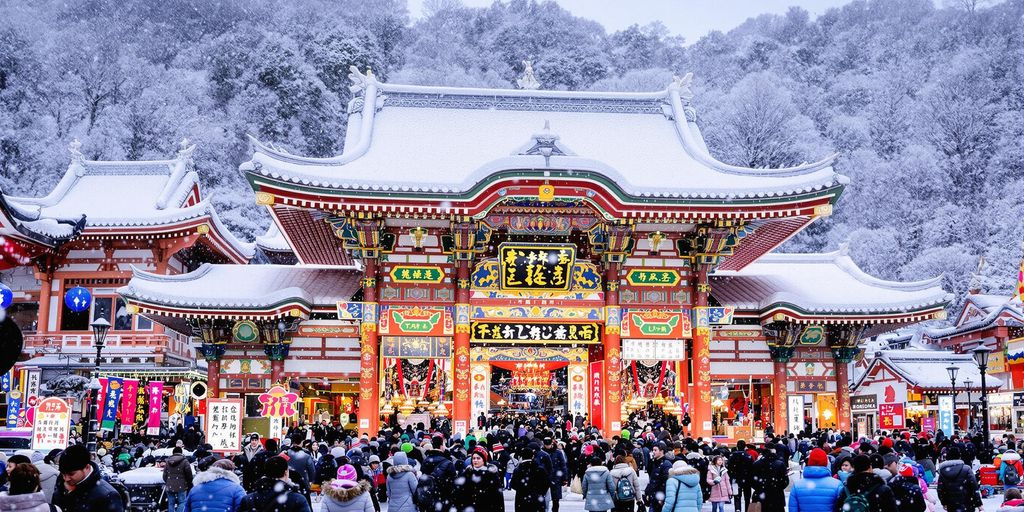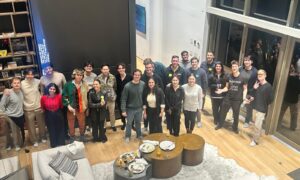Traveling across Japan during popular seasons can offer colorful sights, festive moments, and busy streets. From the cherry blossoms in early spring to late-year holiday periods, the country draws visitors who want to see it at its most alive. Planning a trip during these months requires thoughtful choices that allow for spontaneity while maintaining comfort throughout the journey.
Flexibility often begins with how travelers stay connected. Using a Japan data eSIM can keep plans flexible without depending on public Wi-Fi or store-bought SIMs. This helps manage schedules in real time, especially during transportation changes, sudden weather changes, or last-minute itinerary updates.
Know the Peak Travel Periods in Japan
Before deciding when and where to go, it’s helpful to know the months that bring the largest crowds. Late March through early April sees visitors arriving for cherry blossom viewing. Summer includes festivals that fill city streets, while December travel brings local and international tourism ahead of the new year.
Even when travel dates are set, staying open to alternative routes or less common stops within Japan allows for better pacing. Flexibility with timing can also improve experiences, such as visiting attractions early in the day or choosing weekdays instead of weekends for popular destinations.
Book with Adaptability in Mind
Accommodation and transport options during peak periods can fill up quickly. However, many online platforms and local providers here now offer plans with more freedom to change dates or cancel without penalties. Prioritizing bookings that offer that extra buffer can make the difference between a rushed schedule and a smooth trip.
Some transit passes, especially those used on regional trains, allow open-ended travel. Travelers can pick routes that help them avoid crowded areas. They can also visit less-visited stops nearby. These passes give the freedom to explore at a comfortable pace. This makes it easier to change plans during the trip.
Allow Free Space in Each Day’s Itinerary
It’s easy to fall into the habit of overplanning during a short visit. While there is much to see, every trip across Japan benefits from having open hours or entire days with no set agenda. These spaces can accommodate slow mornings, unexpected discoveries, or new recommendations picked up along the way.
A more relaxed approach allows for a better sense of Japan’s rhythm. Instead of rushing through several cities, travelers may find more comfort in exploring one area deeply. Moments like sitting in a quiet garden or walking down residential lanes often appear when time isn’t tightly managed.
Use Digital Tools for Seamless Adjustments
Reliable access to maps, translation tools, and reservation platforms can help change plans quickly. Digital flexibility becomes especially valuable when printed schedules or in-person help aren’t accessible. Having apps ready in advance and understanding how they work offline adds convenience.
One helpful step is activating a Japan data eSIM, which gives immediate internet access without physical SIM swaps or local store visits. With this connection, travelers can get real-time updates, message hosts, or reroute based on local advice, all without depending on hotel Wi-Fi or public signals.
Visit Areas Based on Local Timing Trends
Peak seasons here often vary depending on the location. Instead of following a single guidebook itinerary, travelers can make route decisions based on current trends in foot traffic, local weather, and transport ease. For instance, one area may be quieter even during a holiday if its main festival has already passed.
Choosing to change visits based on crowd flow can lead to a more relaxed experience. It also allows for discovering smaller cultural events or scenic views that don’t appear on the busiest city maps. Checking local updates or station noticeboards offers insight into what areas are less affected by tourist traffic.
Adjust Dining Expectations for Less Wait Time
Some of Japan’s most well-known restaurants fill quickly, especially in cities during holiday months. While reservations are common at high-end spots, smaller eateries and neighborhood shops often welcome walk-ins. A flexible mindset when it comes to dining opens up different flavors and experiences.
Consider exploring food options that are fast, flavorful, and widely available. Depachika food halls, train station bento counters, or late-night ramen shops provide satisfying meals without the long waits or fixed schedules. Being open to trying something new at an unexpected stop can create memorable moments.
Balance Expectations with Location Choice
Every location across the country has its own pace and flow. Larger cities often feel more crowded during national breaks, while mid-sized towns offer a calmer atmosphere. Picking lodging in quieter neighborhoods or nearby towns makes movement easier while still staying close to key sights.
Visitors can look into options that allow day trips to larger spots, returning at night to more peaceful settings. This balance offers a way to enjoy busy areas without being surrounded by them at all times. Additionally, walking through the small-town streets here after sunset offers a unique travel experience.
Being flexible in Japan during high travel months means more than just adjusting your plans; it’s about seeing the country with fresh eyes each day. Starting with tools like a Japan data eSIM gives travelers the ability to make real-time choices and change plans without worry. Each moment of the trip can feel less pressured when there’s room to explore what the day naturally brings.





























